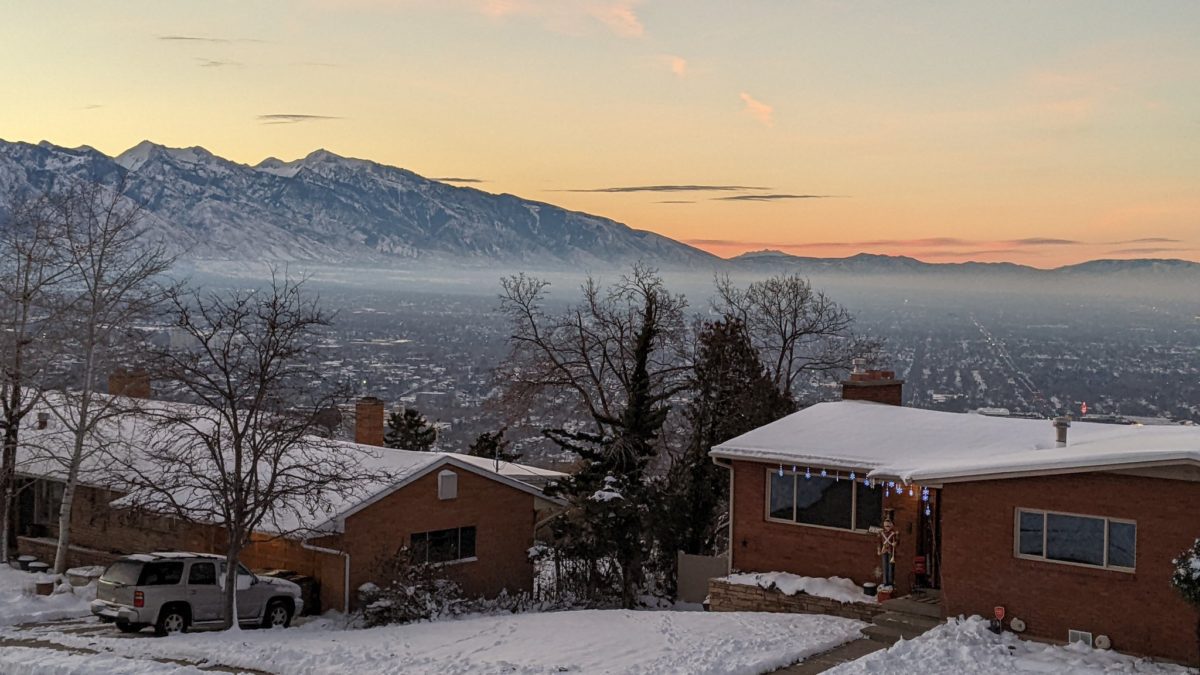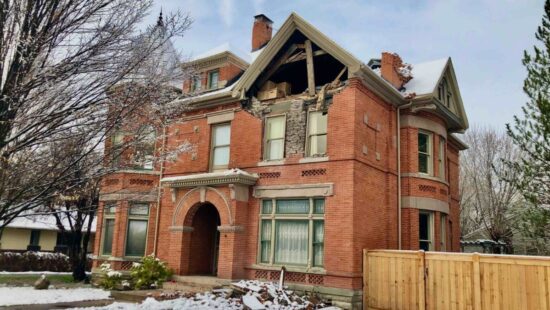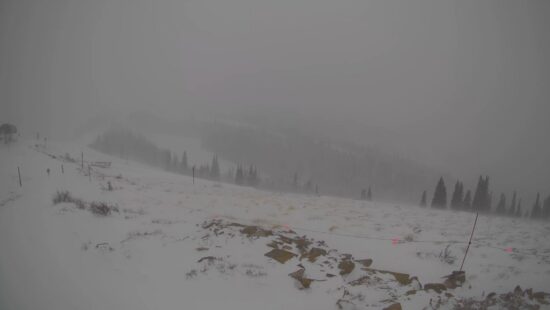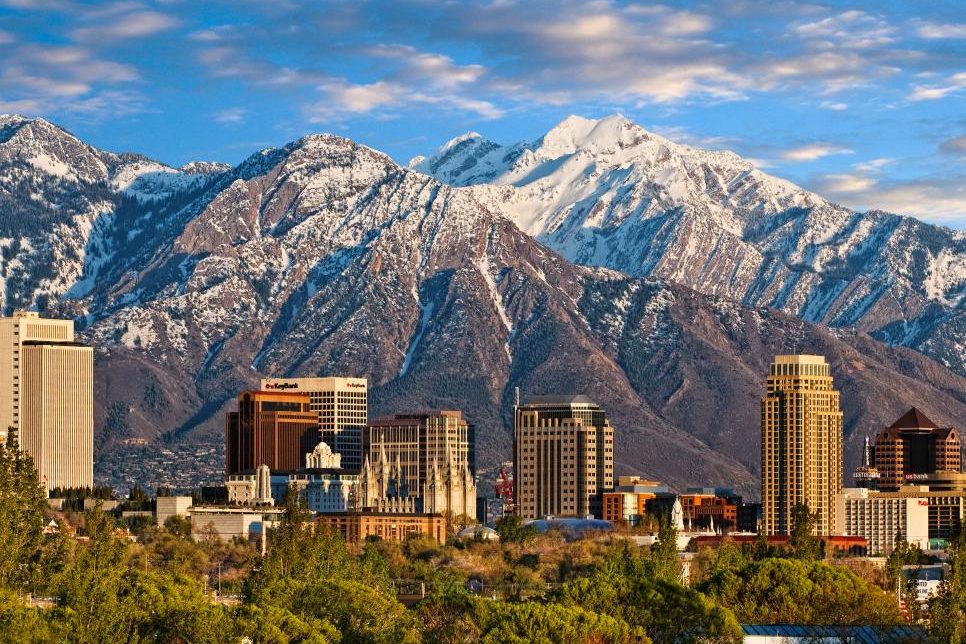Weather
What are the Salt Lake inversions?

A view of the Salt Lake Valley on Sunday morning. Photo: Twitter @ProfessorPowder
SALT LAKE CITY — Under normal conditions, air is warmer near the ground and colder at higher altitudes.
However, during a temperature inversion, which is common in Salt Lake City in the winter months, the cold air at the surface gets trapped under a layer of warmer air.
During the winter, snow-covered valley floors reflect rather than absorb heat, preventing the normal vertical mixing of warm and cold air that keeps pollutants from building up to unhealthy levels at the surface, according to the Utah Department of Environmental Quality (DEQ).
Calm winds, clear skies, and long nights all contribute to preventing air at higher altitudes from mixing with air closer to the ground.
The Wasatch Mountains help form a basin that traps cold air in the Salt Lake Valley and shields it from the stronger winds that could clear out inversions.
“Pollutants from vehicles, wood burning, area sources, and industry become trapped near the ground during inversions, leading to poor air quality,” DEQ said. At times, during bad inversions, Salt Lake public health officials will call for residents to stay indoors due to the poor air quality.
According to the National Weather Service, snow covers tends to make things worse.
This is because snow helps keep surface temperatures cold, strengthening the inversion. The snow also adds moisture to the lower atmosphere, combining with particulates to create fog.
As many valleys across Utah enter a period of inversion conditions with significant snow on the ground, you may be curious as to how the snow cover impacts inversions. In short: it tends to make things worse. Here’s how. #utwx pic.twitter.com/BY5swD3TGS
— NWS Salt Lake City (@NWSSaltLakeCity) December 18, 2021
Stay up to date on air quality at DEQ’s website.



















